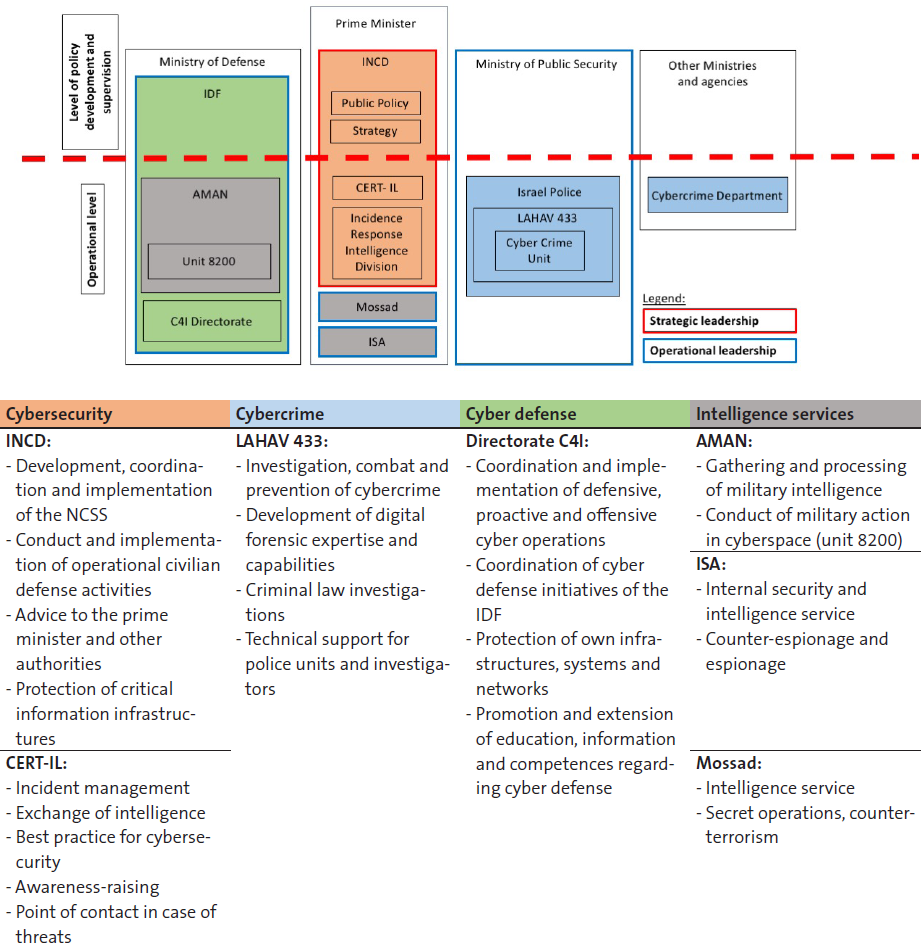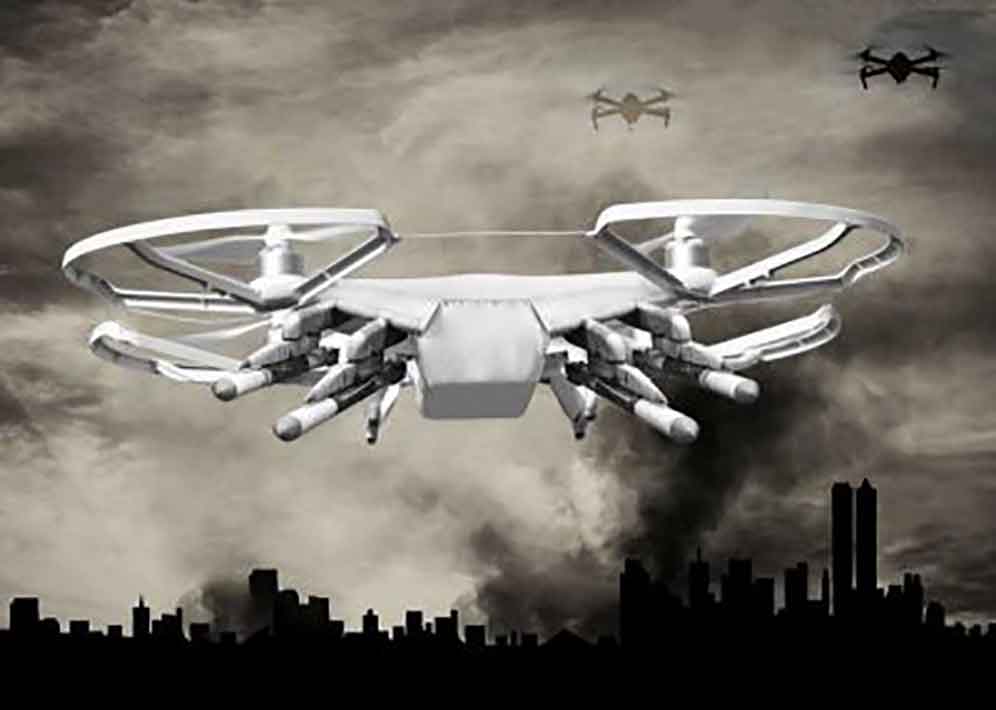by Sebastien Roblin
Just a few months earlier, Pakistan dispatched what it claimed to be twenty-five JF-17s to launch a lightning strike across the Line of Control on targets in Kashmir, in retaliation for an Indian air raid on a JeM terrorist training camp.
The PAF claimed its JF-17s had shot down two Indian fighters pursuing strike planes into Pakistani airspace. However, while the loss of one upgraded Indian MiG-21 Bison was confirmed and its pilot captured, India subsequently displayed fragments of American-made AIM-120 missiles only compatible with Pakistan’s F-16s, casting some doubt on whether the PAF’s Thunders were responsible for the kill.
Pakistan currently operate around 100 Thunders in five operational squadrons, plus a testing and training unit. The first Thunders entered squadron service in 2010 and saw action bombing insurgents in Waziristan. Islamabad also confirmed in 2018 a $184 million deal to sell three JF-17s to the Nigerian Air Force in 2018 (which currently operates J-7s and Alpha Jets), and has delivered at least six out of an order of eighteen JF-17Ms to Myanmar.
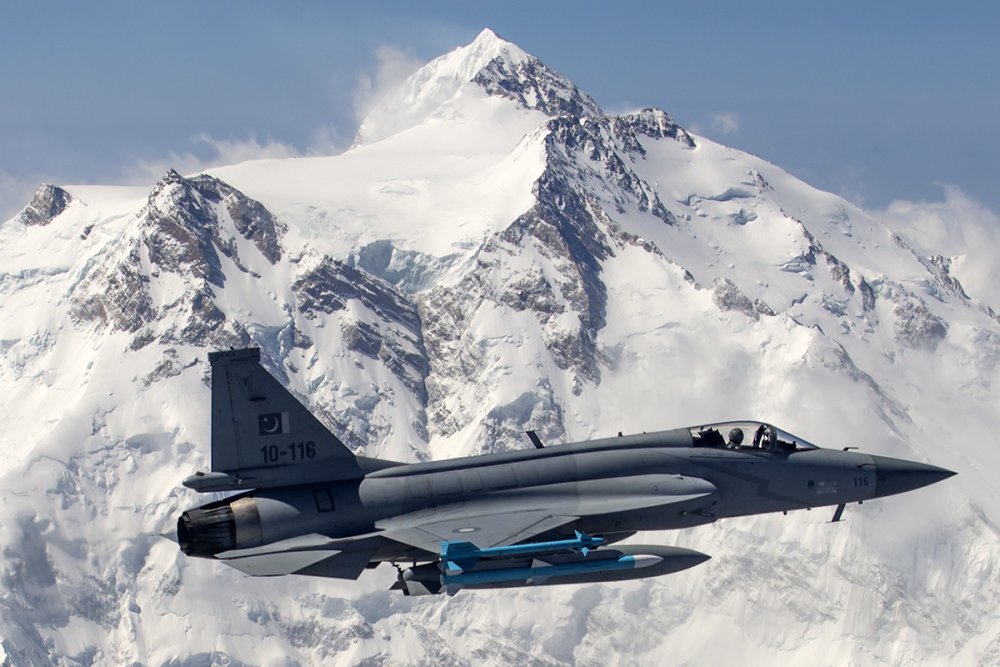
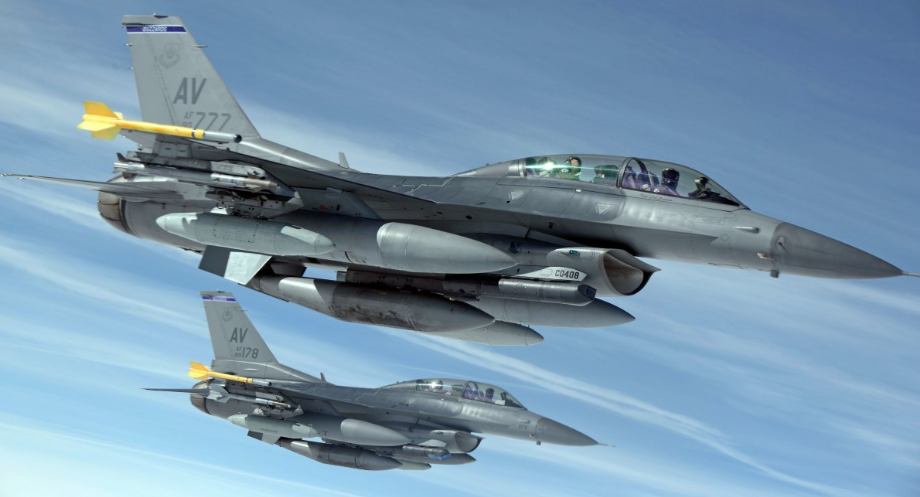
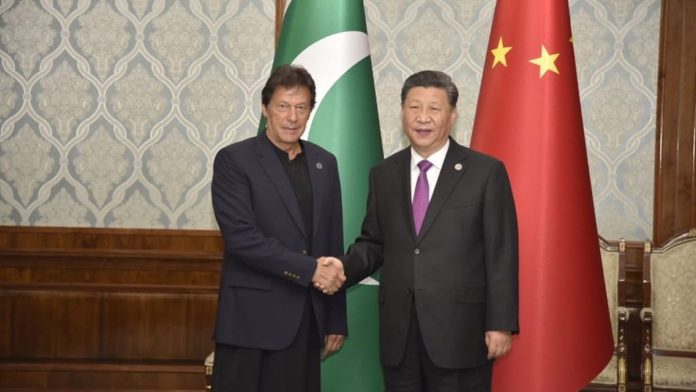


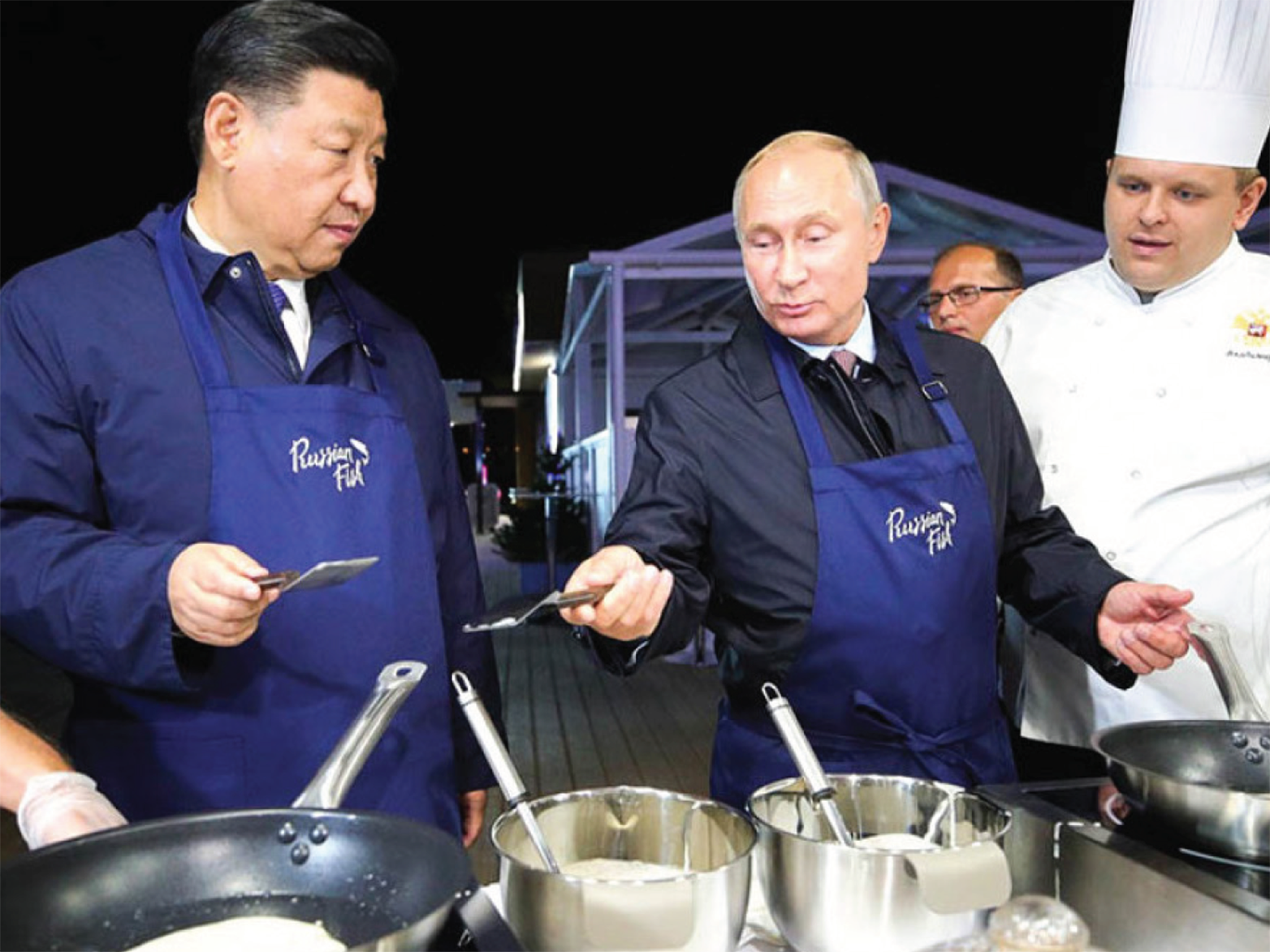







/arc-anglerfish-arc2-prod-mco.s3.amazonaws.com/public/VPE4G74LFNHWBIW2EW2VAF3FCI.jpg)
